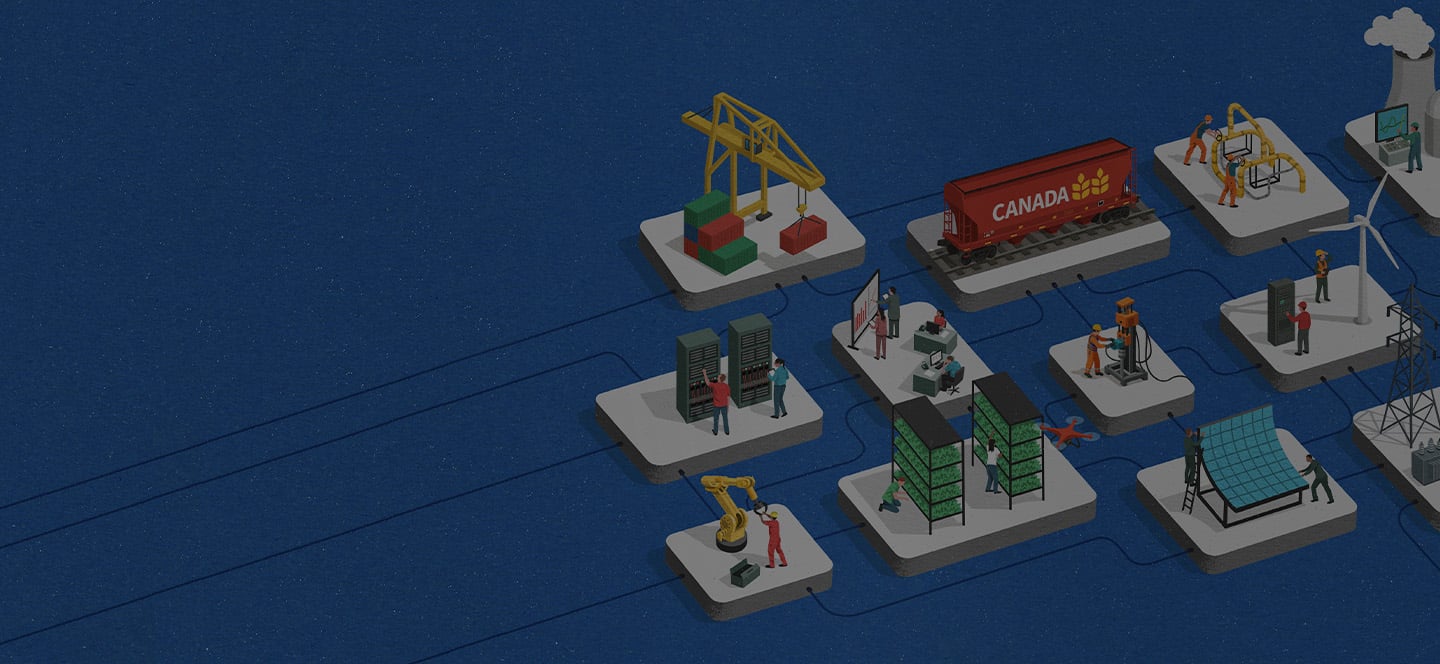The newly elected Liberal federal government recently announced an interim approach for dealing with major projects subject to environmental assessments. The approach is part of the government's effort to restore public confidence in Canada's environmental assessment processes, and aims to calm the controversies surrounding proposed major pipeline projects, such as the Trans Mountain Expansion Project and the Energy East Pipeline.
The interim approach is part of the government's broader commitment to overhaul the environmental assessment processes, something that will likely take years. In the meantime, the transitional principles guiding government decision-making in the environmental assessment process are:
- no project proponent will have to return to the start line “ project reviews will continue within the current legislative framework and in accordance with treaty provisions;
- decisions will be based on science, traditional knowledge of Indigenous peoples and other relevant evidence;
- the views of the public and affected communities will be sought and considered;
- Indigenous peoples will be meaningfully consulted, and where appropriate, impacts on their rights and interests will be accommodated; and
- direct and upstream greenhouse gas emissions linked to the projects under review will be assessed and made public.
Notably, only the last principle is a departure from the approach already taken by the National Energy Board (NEB) and the Canadian Environmental Assessment Agency.
The Federal government has confirmed that it will ensure these "new principles" are applied in the reviews of the Trans Mountain Expansion Project and the Energy East Pipeline. Specifically, there will be an assessment of the upstream greenhouse gas emissions associated with those projects (i.e., the greenhouse gas emissions produced in the extraction and processing of the oil proposed to be transported), deeper consultations with Indigenous peoples will occur, and there will be better public engagement. Given the additional work, the Minister of Natural Resources intends to seek an extension of the legislated time limit for the government's decisions regarding these projects.
To better understand the likely direction of further changes to the environmental assessment process, it is helpful to review the context in which the Canadian Environmental Assessment Act, 2012 (CEAA 2012) was enacted and the policy goals of the new government, elaborated in the recent election campaign.
CEAA 2012
In 2012, the Conservative government passed Bill C-38, which repealed or amended more than ten pieces of federal environmental legislation, including the previous version of CEAA that was replaced by CEAA 2012.
The previous CEAA required an environmental assessment for any project: (i) proposed by the federal government; (ii) that involved federal lands; (iii) that received financial assistance from the federal government; or (iv) that involved a prescribed federal permit. Under CEAA 2012, however, only the projects listed in the Regulations Designating Physical Activities or activities that, in the Minister's opinion, may cause adverse environmental effects, are subject to a federal environmental assessment.
CEAA 2012 consolidated the number of responsible authorities, narrowed the requirements for public consultation, allowed for greater cooperation with provinces, and set timelines for each phase of an environmental assessment.
Generally, project proponents praised the changes made under CEAA 2012 for streamlining the environmental assessment process, but others were concerned that the changes reduced regulatory oversight of projects and put the environment at risk.
Potential Changes to the Environmental Assessment Process
The federal government has not identified the precise changes that will result from the overhaul, but certain changes are likely, including:
- greater public participation;
- greater participation by Indigenous people in the regulatory process, including members on panels created by responsible authorities to assess projects;
- broadening the triggers for an environmental assessment;
- greater analysis on the application of best available technologies by project proponents; and
- a greater focus on cumulative effects and life-cycle analysis of greenhouse gas emissions (including upstream emissions), in line with Canada's commitments to fight climate change.
Changes may also be adopted as a result of the Fall 2015 Report of the Commissioner of the Environment and Sustainable Development, which concluded that the NEB did not adequately track company implementation of pipeline approval conditions or resolution of compliance deficiencies. The report made six recommendations to improve public confidence in the NEB pipeline review process, which have been addressed by the NEB.
If the proposed changes to environmental assessments follow the ideas in the Liberal Party of Canada's "Real Change" platform, time will tell if the outcome will be greater public acceptance.
Proponents
Despite stating that no project proponent will have to return to the start line, project proponents currently before the applicable responsible authorities will face delays and uncertainty about the process.
For project proponents planning to submit applications for approvals that will require an environmental assessment, the best course of action is to have a robust public and Indigenous engagement process, and to provide information and evidence regarding direct and upstream greenhouse gas emissions linked to the project.


















